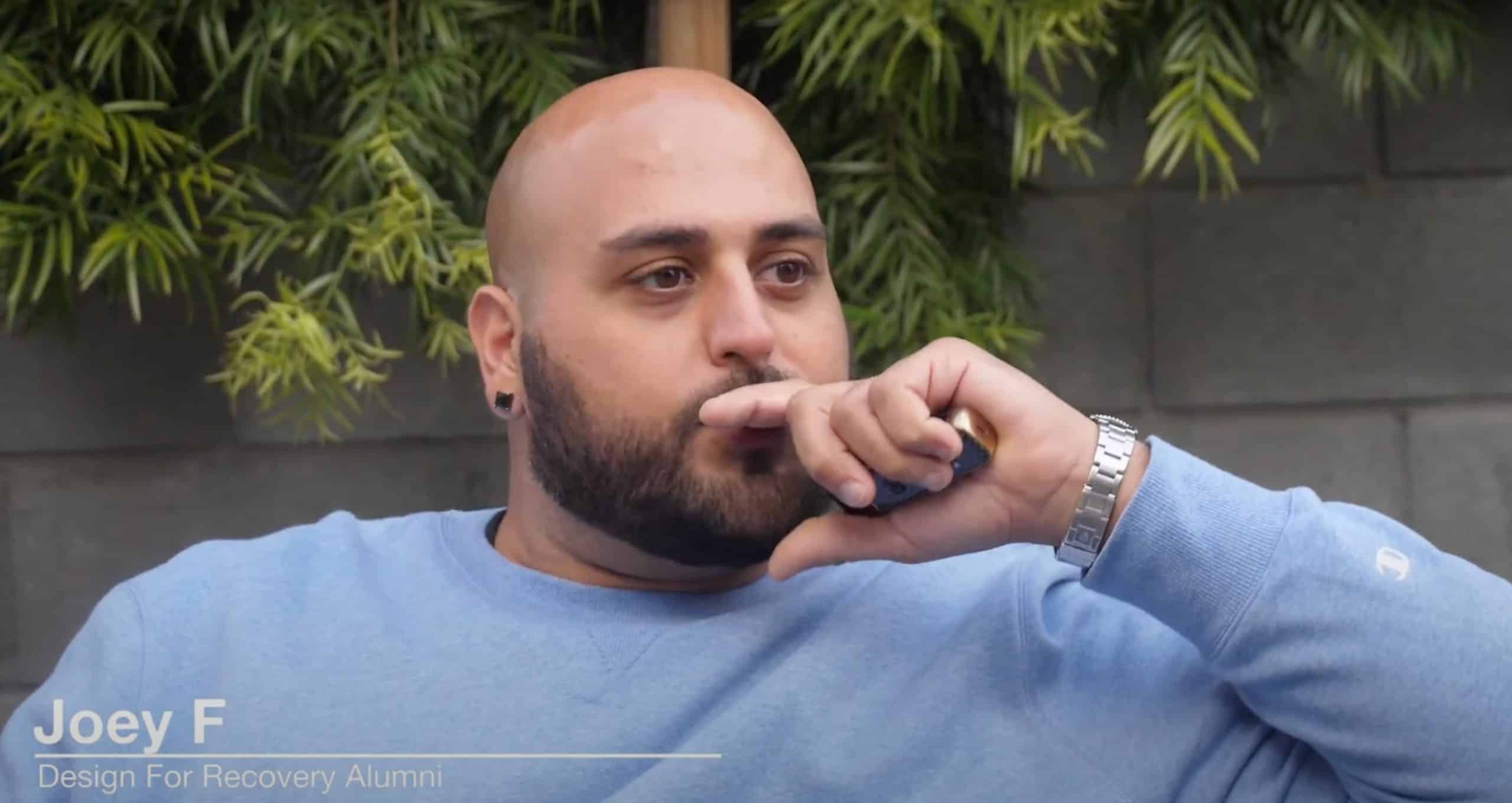Tramadol, a strong painkiller that works by blocking pain signals to the brain, is available only on prescription. In the United States, it is sometimes known by brand names such as Ultram, Ultram ER, or ConZip. It comes in tablets, capsules, and liquid drops, though in hospitals it is sometimes administered via injection.
While tramadol has recognized medical uses for the treatment of moderate pain, it is classified as a Schedule IV drug in the United States, meaning it also has the potential for abuse.
Abuse of the drug, whether prescribed or not, can lead to dangerous physical and psychological dependence. Like many opioids, tramadol makes users feel a sense of euphoria that is sometimes difficult to resist. While abuse of the drug more generally is very harmful, an opioid overdose can lead to far more severe consequences.
On This Page:
Symptoms of Tramadol Overdose
When a tramadol overdose occurs, the most common reported symptoms are central nervous system depression, nausea, vomiting, tachycardia (when the heart rate increases to such an extent that the heart can’t fill with blood before it contracts again), and seizures.
Like other opioids, a toxic dose of tramadol can result in coma, respiratory depression, and even cardiovascular collapse, which is when the arteries and veins collapse.
However, unlike other opioids, tramadol has properties similar to an SNRI in that it increases the levels of serotonin and norepinephrine in the brain. Thus, tramadol overdose can also cause Serotonin Syndrome, which is often associated with confusion, agitation, difficulty controlling muscles, high fever, seizures, and sometimes causes comas.
Any of these symptoms can be potentially life threatening.
Dosages that Can Lead to an Overdose
The recommended daily dose of tramadol is 100-400 mg per day. However, users who are suffering from an addiction to tramadol are driven to take it in larger and larger quantities to achieve the desired effects, such as euphoria, or often simply to avoid the painful results of withdrawal.
Tramadol abuse can lead such an addict to use far more than the recommended dosage. Toxic side effects occur well before an overdose and can even occur within the recommended therapeutic dosage range if a user is unaccustomed to tramadol. However, at higher doses, such as 1000 mg, an overdose becomes likely.
However, it is important to note that the dosage at which toxic effects occur will differ from person to person. How long someone has been using tramadol will affect their level of dependence and sensitivity to the drug.
Someone who has become accustomed to a higher dose might not experience toxic effects at 500 mg, but if another user suddenly takes that dose, it can potentially cause some of the painful side effects outlined above. Age, genetics, general health, and the user’s history with substance abuse also affect their susceptibility to overdose.
Thus, it is important to keep in mind that there is no universally applicable quantity of tramadol that is safe or toxic. For users wanting to avoid the toxic effects, the best advice is to avoid using it recreationally at all and to follow a doctor’s prescription to the letter.
What Should Be Done in Case of Overdose
Share this :









